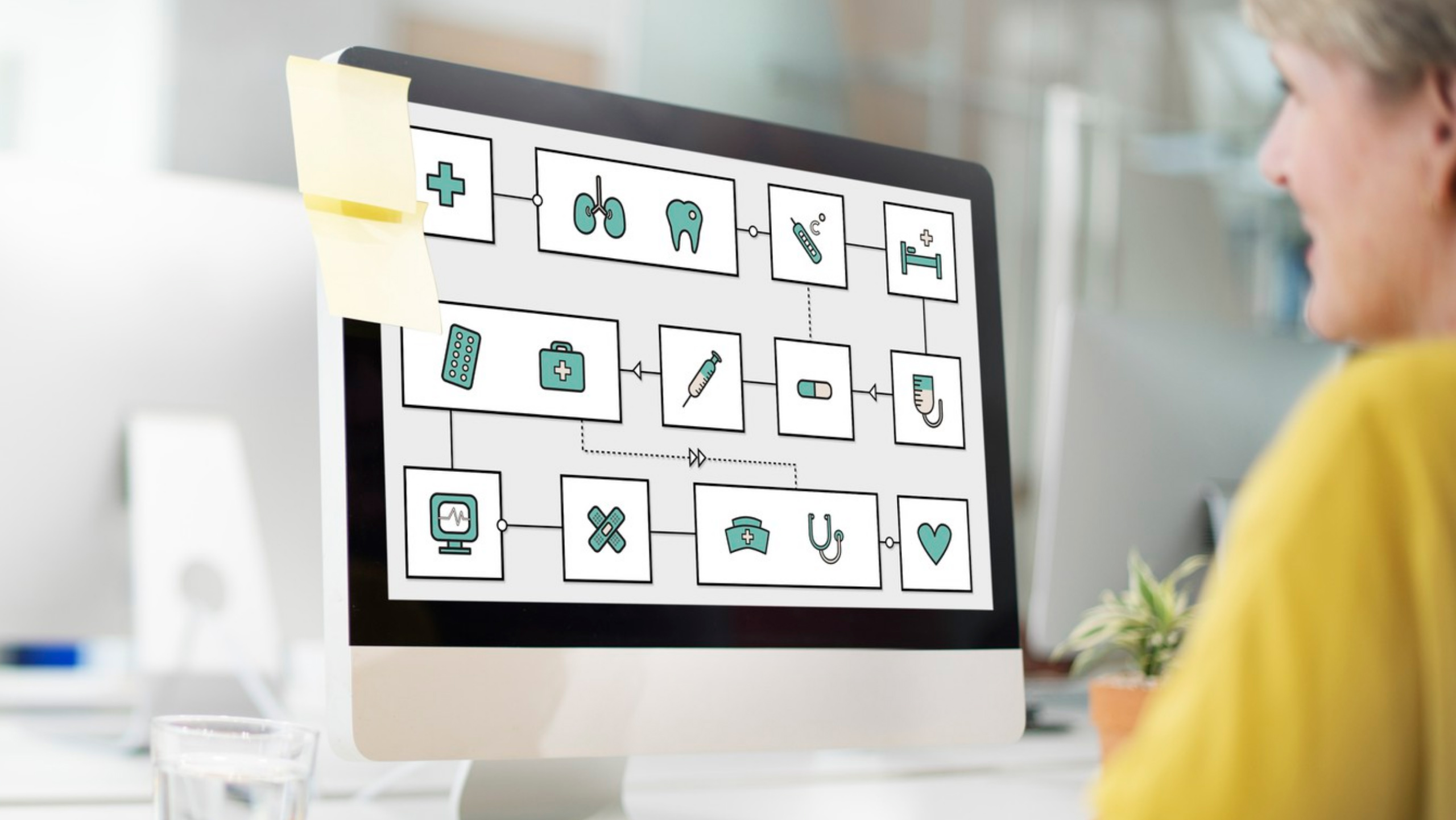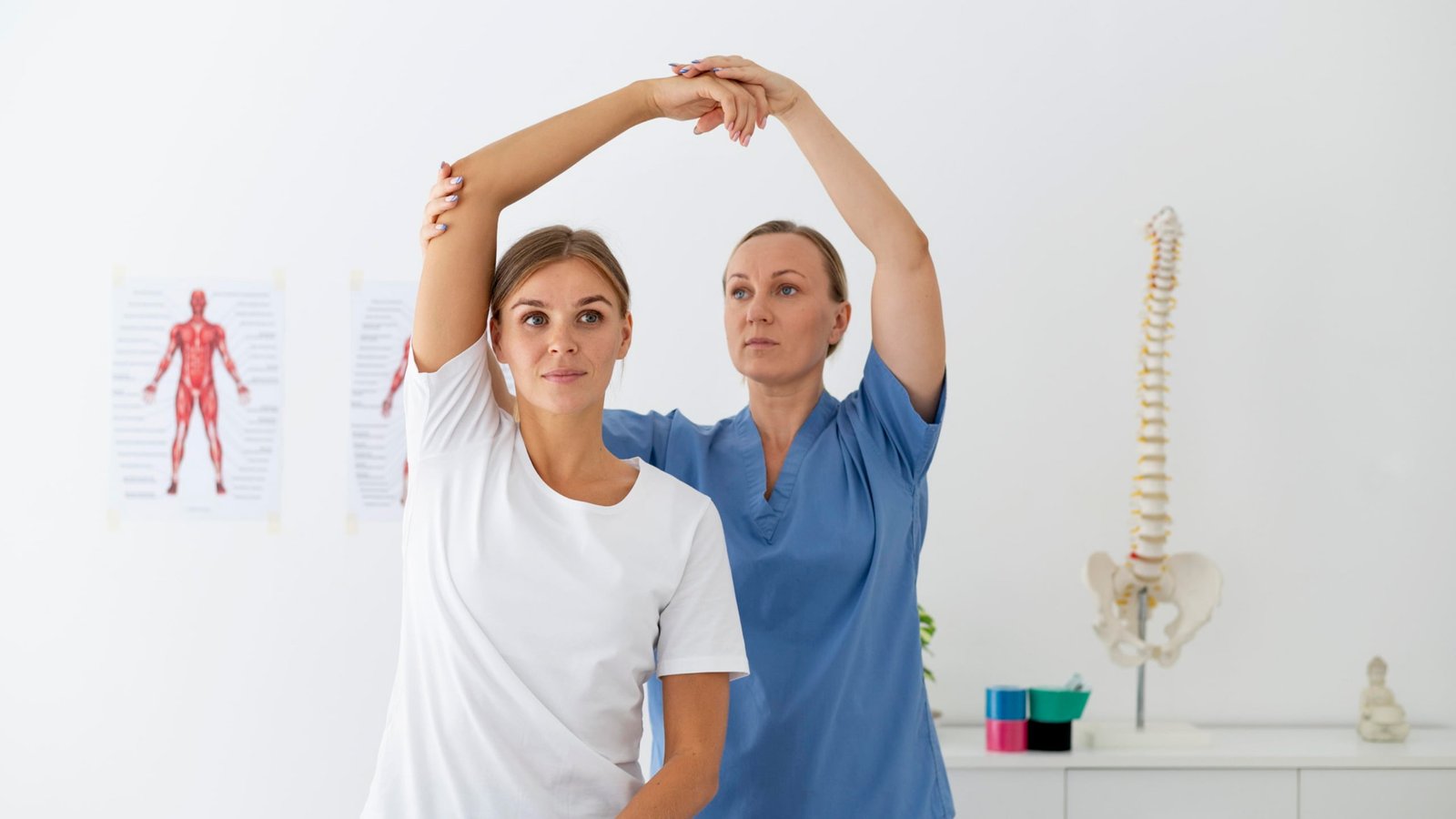Streamline Your Clinical Documentation with SOAP Notes
The Clinic Place Team
Clinical notes are a crucial tool for recording patient visits and giving a history of the care given.
In a clinical context, SOAP notes are a standard format for recording patient encounters. Subjective, Objective, Assessment, and Plan make up their four fundamental structural pillars.
These are some possible models for clinic clinical notes:
- Subjective: The patient’s symptoms, worries, and medical background are all included in this part.
- Objective: A description of the patient’s physical examination and any diagnostic procedures are included in this section.
- Assessment: Based on the patient’s symptoms and the results of the examination, this section offers the diagnostic or tentative diagnosis.
- Plan: This part contains a plan for additional assessment or therapy, along with any necessary referrals or follow-up visits.
- Follow-up: This section contains any guidelines for self-management or follow-up care.
It’s crucial to keep in mind that clinical notes should be customised to each patient’s unique needs and may require the inclusion of additional information depending on how complex the case is. Here is a sample clinical note for a general practitioner clinic:
Subjective:
- Patient’s primary concern: [insert primary symptom of patient]
- Past diagnoses, drugs, and allergies should all be included in the patient’s medical history.
Objective:
- Results of physical examination: [insert physical examination results, including vital signs, weight, and any pertinent observations]
- Diagnostic procedures: [enter the outcomes of any diagnostic procedures that were carried out]
- Assessment:[Insert a formal or preliminary diagnosis here]
Plan:
- Further testing: [enter any more testing or evaluation that may be required]
- Treatment: [Insert a treatment strategy, with any appropriate medicines, lifestyle changes, and referrals]
Follow-up:
- Follow-up appointment: [enter any monitoring or follow-up appointments that may be required]
- Self-management: [insert any advice on managing oneself or providing for oneself at home]
Examples of SOAP notes for various conditions are provided below:
1. Bronchitis that is acute
Subjective: The patient, a 35-year-old man, has had a cough, chest congestion, and shortness of breath for the past three days. He claims to be generally exhausted and to be feverish.
Objective: The patient exhibits a clean nasal discharge and slight wheezing, according to the examination’s objective. His oxygen saturation on room air is slightly low at 92% and his pulse is high at 100 beats per minute.
Evaluation: The patient’s bronchitis is probably acutely exacerbating.
Plan: A bronchodilator and a course of antibiotics will be given to the patient. He will be urged to hydrate well and rest frequently. He will also have a follow-up appointment in a week to evaluate his development.
2. Headache from a migraine
Subjective: The patient, a 28-year-old woman, has had a terrible headache with throbbing pain for the past three days. She claims to have phonophobia and photophobia in addition to feeling queasy.
Objective: The patient feels slight neck stiffness and pain in the temporal area, according to the examination. Her blood pressure is marginally increased at 140/90 mmHg and her pulse is raised at 110 bpm.
Evaluation: An evaluation revealed that the patient has a migraine headache.
Plan: Ibuprofen will be suggested as a pain reliever along with a triptan prescription for the patient. She will be encouraged to look for and stay away from any triggers that might be causing her migraines. A follow-up session to evaluate her development is also planned for her for two weeks later.
3. Infection of the urinary tract
Subjective: The patient, a 45-year-old woman, has lower abdomen pain and frequent, urgent urination that started three days ago. She claims to be generally feeling ill and to be feverish.
Objective: The patient exhibits slight lower abdomen soreness, according to the examination. Leukocytes and nitrite were detected in her urine by a dipstick test.
Evaluation: The patient probably has a urinary tract infection.
Plan: A course of antibiotics will be recommended for the patient, and they’ll be told to drink a lot of water. In order to stop the illness from spreading, she will also be told to urinate frequently and wipe from front to back. A follow-up appointment to evaluate her development is planned for her in a week.
You may also like these articles!

Electronic Health Records and Clinical Decision-Making: How Data is Changing the Way Doctors Treat Patients
Share via:EHRs make medical histories, prescriptions, allergies, and test results easily accessible to doctors, changing how they treat patients. This information is very important for making clinical decisions because it helps doctors choose the best diagnosis and treatment options. One of the main benefits of EHRs is that they can make patients safer. EHRs can […]
The Clinic Place Team

AI and the Health Industry: How Technology is Transforming Patient Care
Share via:In a number of ways, artificial intelligence (AI) is altering the way we think about healthcare, from enhancing diagnosis and treatment planning to streamlining administrative duties. There are many possible uses for AI in healthcare, and it is obvious that this technology has the ability to completely change the way we provide patient care. […]
The Clinic Place Team

Best practices for patient communication and education in chiropractic care
Share via:Chiropractic care must include effective patient education and communication. Chiropractors may foster trust, increase patient comprehension and compliance, and provide better results by giving patients information that is succinct, accurate, and clear. We will look at the greatest methods for patient education and communication in chiropractic therapy in this blog post. Why is it […]
The Clinic Place Team